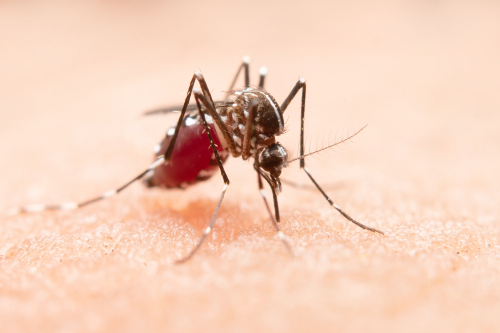
In 2024, the Centers for Disease Control and Prevention (CDC) has issued a critical Health Alert Network (HAN) Health Advisory to address the heightened risk of dengue virus (DENV) infections in the United States. This advisory aims to alert healthcare providers, public health authorities, and the general public about the emerging threat posed by dengue virus transmission within the country.
1. Overview of Dengue Virus (DENV):
Dengue virus is a mosquito-borne pathogen that can cause a spectrum of clinical manifestations, ranging from mild fever to severe and potentially fatal hemorrhagic fever. It is primarily transmitted to humans through bites of infected Aedes mosquitoes, particularly Aedes aegypti and Aedes albopictus, which are prevalent in many parts of the United States.
2. Increased Risk Factors in 2024:
Several factors contribute to the heightened risk of dengue virus infections in the United States this year. These include climatic conditions favoring mosquito breeding and increased travel-related transmission due to globalization and mobility patterns among populations.
3. Geographic Distribution and Impact:
While historically more common in tropical and subtropical regions, recent years have seen an expansion of dengue virus transmission into temperate zones, including parts of the United States. This geographical spread underscores the importance of vigilance and preparedness among healthcare providers and public health authorities nationwide.
4. Clinical Manifestations and Diagnosis:
Recognizing the clinical manifestations of dengue virus infections is crucial for timely diagnosis and management. Symptoms may include sudden onset of high fever, severe headache, pain behind the eyes, joint and muscle pain, rash, and mild bleeding manifestations. Healthcare providers should consider dengue virus infection in patients presenting with compatible symptoms, especially those with recent travel history to endemic areas or known mosquito exposure.
5. Prevention and Control Measures:
Effective prevention strategies focus on reducing mosquito exposure and preventing mosquito bites. This includes using insect repellents containing DEET, wearing long sleeves and pants, and using screens or nets on windows and doors. Community-level efforts should also include mosquito control programs to reduce mosquito breeding sites in residential and public areas.
6. Public Health Response and Preparedness:
The CDC emphasizes the importance of a coordinated public health response to mitigate the impact of dengue virus infections. This involves enhanced surveillance to monitor disease trends, rapid identification of cases, provision of clinical guidance to healthcare providers, and raising awareness among the public about preventive measures and symptoms of dengue virus infections.
Conclusion:
In conclusion, the CDC's Health Advisory for increased dengue virus infections in the United States in 2024 serves as a critical call to action for healthcare providers, public health authorities, and the public to enhance surveillance, strengthen preventive measures, and ensure prompt diagnosis and management of cases. By staying informed and proactive, we can effectively address this emerging public health challenge and minimize its impact on communities across the country.
'이슈' 카테고리의 다른 글
| 하루 만에 20만 개 완판···'두바이 초콜릿'이 뭐길래? 편의점들의 치열한 경쟁!! (1) | 2024.07.10 |
|---|---|
| 축구협회가 홍명보 대표팀 감독을 선임한 8가지 이유에 대해 알아보자!! (0) | 2024.07.09 |
| 장마철 채솟값 급등: 상추 17%, 시금치 30% 상승의 원인과 대응 방안 (1) | 2024.07.07 |
| NATO Secretary General Meets the President of Ukraine: Strengthening Ties Amidst Ongoing Conflict (0) | 2024.06.28 |
| 합참 "북한, 대남 오물풍선 다시 부양" 발표!! (0) | 2024.06.27 |
| 한국맥도날드, 감자튀김 판매 재개… "100% 안정화 될 때까지 사이드메뉴 무료 변경" (0) | 2024.06.27 |
| 화성 아리셀 공장 대형 화재... 리튬 배터리, 왜 화재에 취약한가? (0) | 2024.06.24 |
| 푸틴, 새벽 도착·정오 환영식 일정 빡빡…북 “뜨겁게 영접” 단독회담!! (0) | 2024.06.20 |



